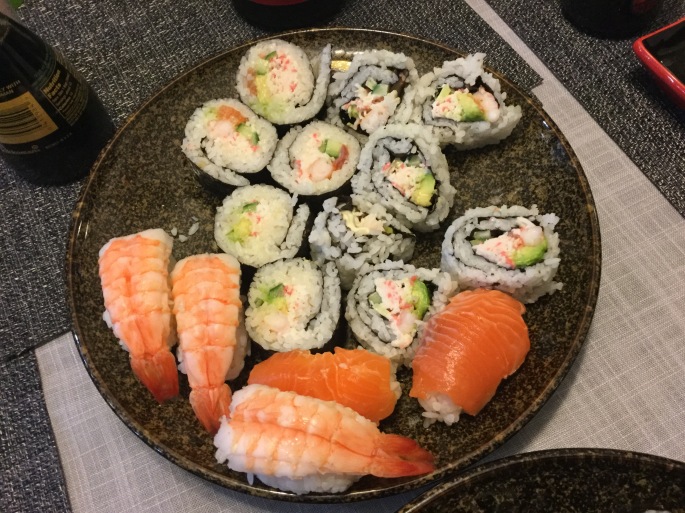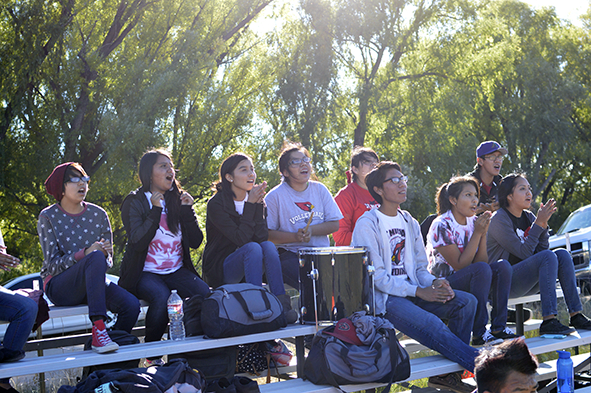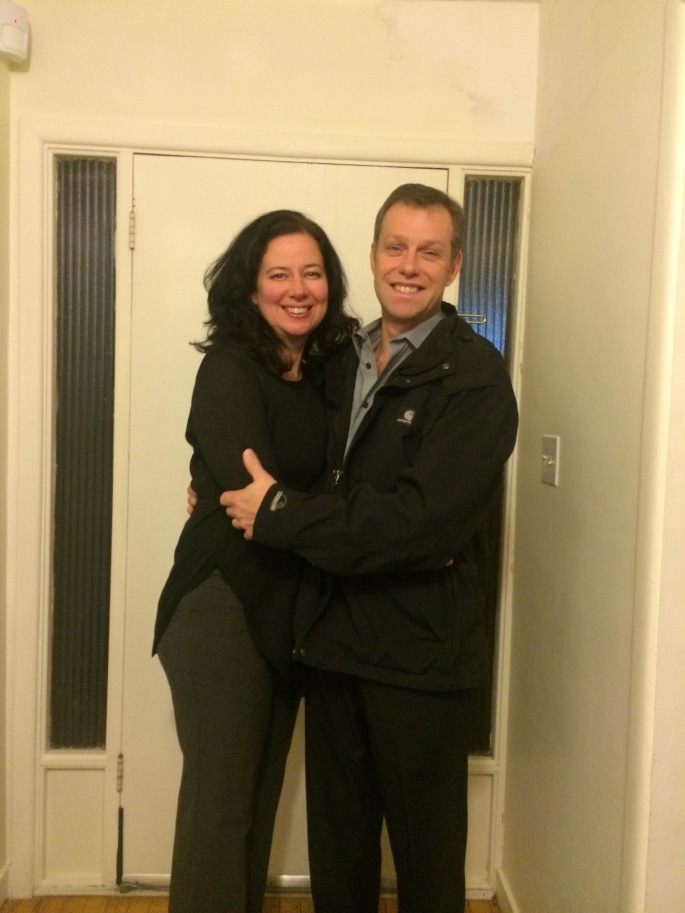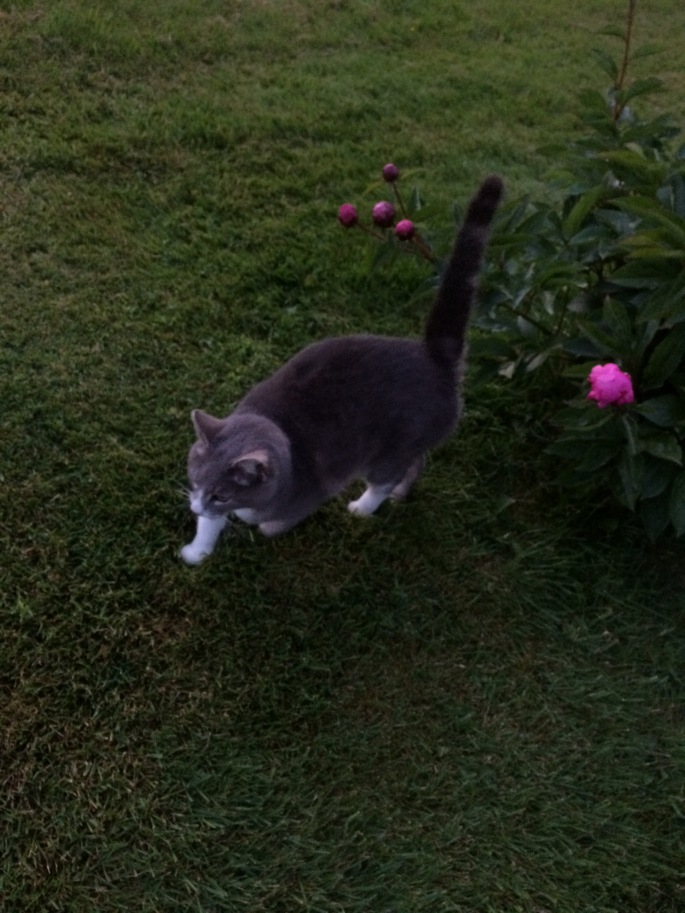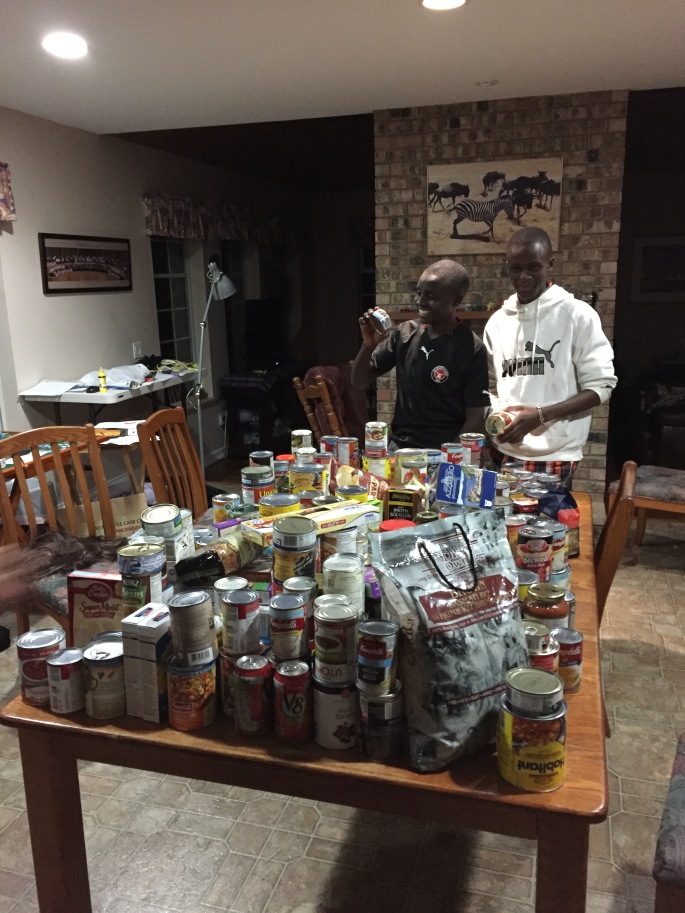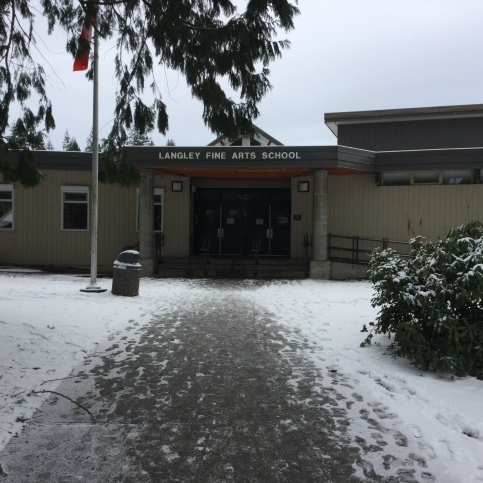
Langley Fine Arts School is located at the heart of Langley district. It is a special school because it has students all the way from elementary to High school [grade 12]. Most schools in Canada start with the elementary school which is grade 1-7 and then high school from grade 9-12. I got a really nice impression on the day I first came to Langley Fine Arts school. Arts is one of the major subjects that are taken very seriously in school. This is because art is one of the major ways to enhance childhood development. Art enhances imagination and thus creates creativity. It is widely believed that children who do arts normally have faster brain development.
There are six arts that are available at the school: visual arts, drama, writing, photography, dance, and music. I chose photography as my major. I really love photography so much because of the many activities that we do in class. We recently had a photo show where each of the students in the photography class had to choose five of their best photos and avail them at the show. The show was named “The We Gallery” and it started with a video on Jessica, a former writing student who had graduated from Langley Fine Arts but had passed away.
I also love photography because of the darkroom developing of the film photographs with the chemicals and also studying about the different photographers who had succeeded at their time. We also go for different trips around the Langley district where we capture photographs of the different magnificent views. One of the most interesting of the trips was to the Langley bog where a forester educated us on the different features of a bog and its ability to absorb Carbon (IV) Oxide which makes it the perfect natural feature for the preservation of things underneath (including dead bodies)!!! Donna Usher is the name of my photography teacher. I really appreciate the many activities we have done in the photography class.
The most important factor in Langley Fine Arts School is the availability of resources in the school. The school has numerous teachers who are really committed to their jobs, a fully equipped library complete with computers, numerous books, and a librarian, efficient and quiet study spots, dedicated students, to mention but a few. The most impressive of all these is the fact that all students are dedicated to their work. Students make the base of a school because the main purpose of a school is for students to learn.
The school is built in such a way that students don’t have to move to the outside from one class to the next to attend their lessons. It is built in the shape of a giant square with a small courtyard in the middle. Hallways connect the classrooms and students go to their classes instead of teachers coming into the classes as compared to the situation in Kenya where students stay in one class and teachers come into their classes.
The administrative offices are located on the right wing of the school. Announcements and notifications are sent out from the office to the entire school through a special system which consists of speakers which are connected in all the rooms. The school program of a typical day in Langley Fine Arts school is controlled by an electric buzzer which communicates the beginning and end of a lesson.
A typical day in Langley Fine Arts School starts at about 7:30am in the morning. There are six blocks[lessons] in a day each about an hour long. There is a lunch break that usually begins at 11:30am to 12:07pm. The school day normally ends at around 3:10 in the afternoon where students return to their homes by day.
Students in the school do not wear uniforms and are allowed to carry with them their phones to school. Lunch is normally brought from home but there is a cafeteria located at the front part of the school entrance where students can buy their lunch.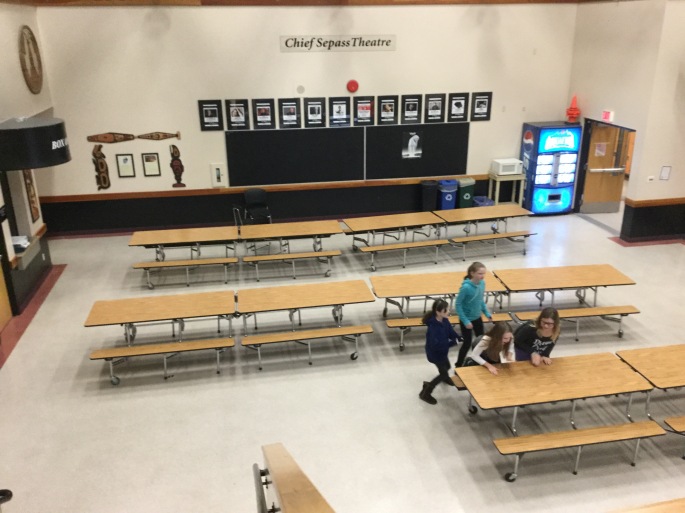
The use of technology is really embraced in Langley Fine Arts School. A chalkboard is rarely used if any. Teachers normally use projectors and computers to learn by watching related videos, maps, graphs, and charts. A teacher is, however, always present in the class to elaborate any unclear points and to put emphasis on the context. Students receive assignments and are given a set number of days where they are expected to complete their assignments.
Students gain marks by completing their assignments which are very important as they are used during student assessment as well as the determination of student progress. There are no national exams in the Canadian School system as we do in Kenya. Students go to university after assessment by teachers from their individual schools. Students, however, receive provincial exams for some courses, such as English in grade 12 (form 4).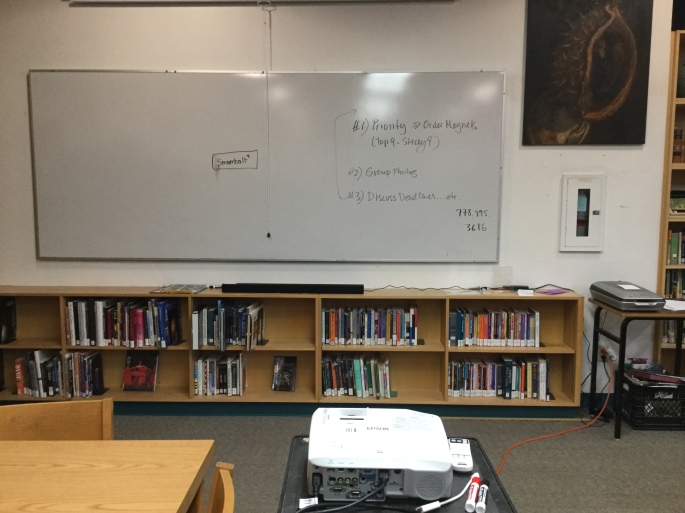
The school is headed by the school principal, Mr. Jon Bonnar and seconded by the Vice Principle, Mrs. Sharon Douglas, and Vice Principal Mr. Jonathan Harris. The school also has numerous teachers as well as support staff such as the office staff (including Ms. Henry, Ms. Taylor, and Ms. Chorney), the cooks in the cafeteria, the library technician, and the custodians, to mention but a few.
I am really humbled by the reception and hospitality the Langley School district gave us when we first came to Canada. I really appreciate the fact that we are all treated very well by everybody in the school from the staff members to the students.
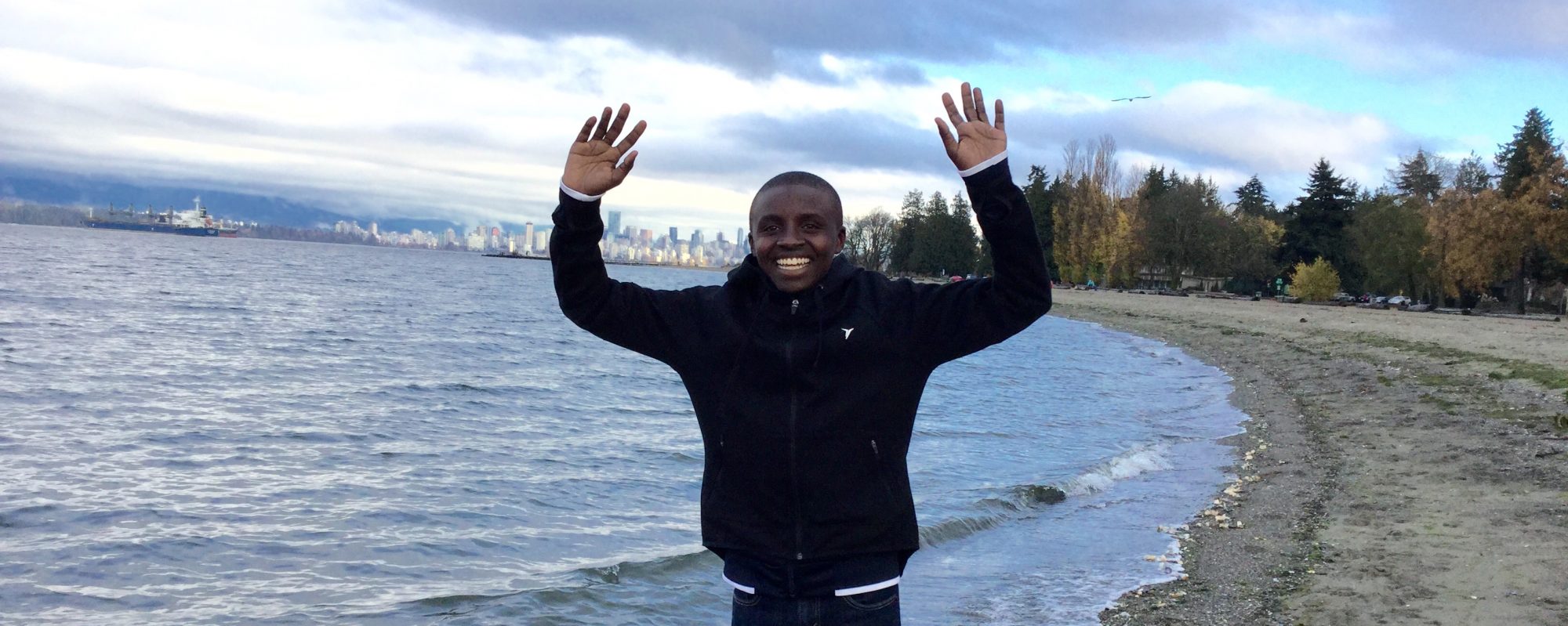




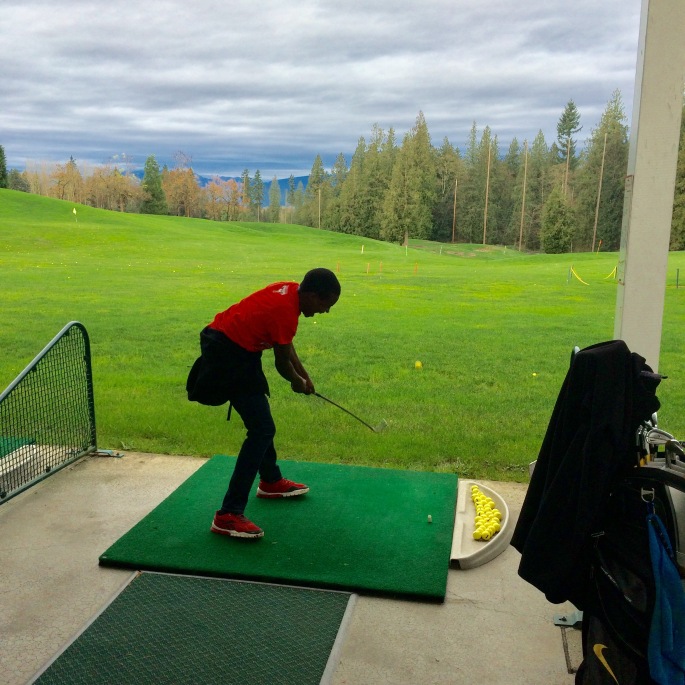 Garry and Carl took us to the golf course in Langley to try golfing for the first time ever in our lives. Moses and I had never gone golfing before and we really were looking forward to the event.I did not know that golfing was such a hard sport and not as easy as I had expected. It required a lot of skill which I didn’t have as this was my very first efirst experience to golf.
Garry and Carl took us to the golf course in Langley to try golfing for the first time ever in our lives. Moses and I had never gone golfing before and we really were looking forward to the event.I did not know that golfing was such a hard sport and not as easy as I had expected. It required a lot of skill which I didn’t have as this was my very first efirst experience to golf.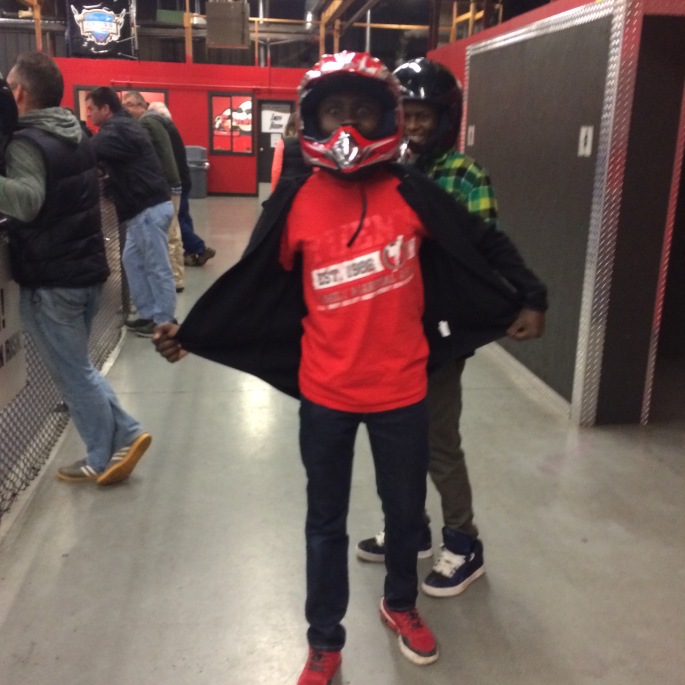 Kart racing is a game which involves ‘driving’ small race vehicles along a specified track within an enclosed building. The kart has two pedals, a green and red pedal. The green pedal represents the gas pedal while the red pedal represents the brakes. Every driver participating in the kart race has to watch the safety video as a way of informing them of the rules of the game and the safety precautions in relation to the game. I was thrilled the first time when I drove the first vehicle ever in my entire life unaccompanied. I was really afraid when I put a lot of gas on the pedal and nearly hit a wall! The entire game was really interesting and also a new experience to me.
Kart racing is a game which involves ‘driving’ small race vehicles along a specified track within an enclosed building. The kart has two pedals, a green and red pedal. The green pedal represents the gas pedal while the red pedal represents the brakes. Every driver participating in the kart race has to watch the safety video as a way of informing them of the rules of the game and the safety precautions in relation to the game. I was thrilled the first time when I drove the first vehicle ever in my entire life unaccompanied. I was really afraid when I put a lot of gas on the pedal and nearly hit a wall! The entire game was really interesting and also a new experience to me.